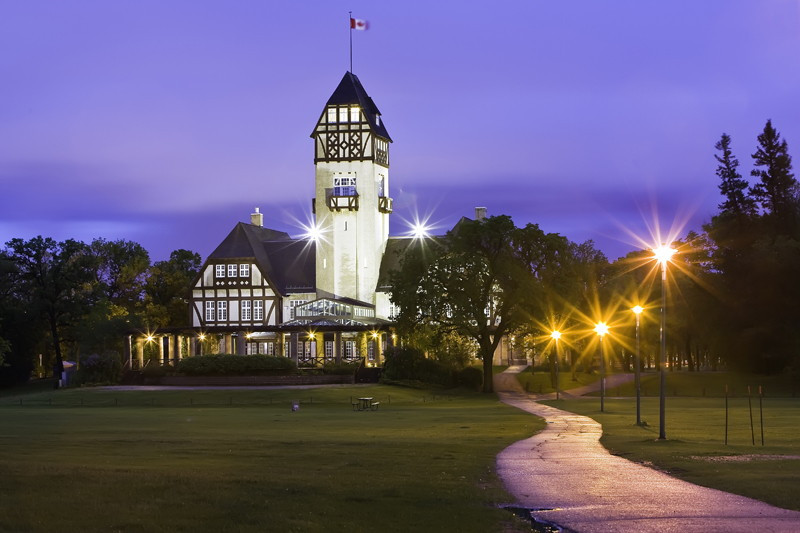‘Signature experiences’ crucial part of Tourism Winnipeg’s new strategy
Canadian Museum for Human Rights a key component, while some question public money funding the project
While Tourism Winnipeg has launched a new five-year master plan that intends to bring more tourism dollars into Winnipeg, some critics are concerned about taxpayer money funding the plan’s main attractions.
“We had gone to a conference last July with other tourism bureaus across the world,” said Chantal Sturk-Nadeau, the senior vice-president of tourism. “We came back and recognized we needed to create a robust (plan) to understand what economic impact tourism has on our economy.”
According to comparisons of tourism budgets in 2010, Winnipeg ranks behind Regina and Hamilton for the amount of money devoted to tourism.
Sturk-Nadeau describes the plan as a comprehensive look at tourism in Manitoba.
It seeks to make Winnipeg an industry meeting place with about 40 per cent of the budget going towards improving and expanding the Winnipeg Convention Centre.
“We’ve identified seven industry sectors,” said David Chizda, director of sales and marketing for the Winnipeg Convention Centre. “Winnipeg is a diversified market – we have a lot of head offices here around those different industries. We now have lists of those individuals who we can contact and set up conventions.”
But the plan is not all about big business. It also covers national tourism with an attempt to create “signature experiences.”
According to Tourism Winnipeg, “signature experiences” are a collection of cultural aspects of the city, which will make visitors feel engaged.
They want to use Facebook, Twitter, YouTube and SEO (Search Engine Optimization) to ensure that when someone types in an Internet search query like “cities with great theatre performances,” Winnipeg will come up.
“The industry is changing,” Sturk-Nadeau said. “How people purchase tourism is different. People decide to travel because (they) want an experience. ...Whatever their interests, we’re going to be creating signature experiences. We’re going to be pushing those out through social media to say ‘Hey, we have those experiences.’”
One signature experience is The Canadian Museum For Human Rights, which will hopefully spotlight Winnipeg on a national scale.
“We have a lot of advantages. We’re centrally located, we’re affordable, our hotels aren’t hundreds of dollars to stay in,” said Chizda. “But we don’t have mountains, we don’t have oceans and we’re very excited to have the Museum For Human Rights, because finally Winnipeg will have something to show.”
Still in the early stages, the price for the museum has increased from an original $260 million to $310 million.
With a large portion of funding coming from the municipal, provincial and federal government, some groups, like the Canadian Taxpayers Federation, are concerned about Manitobans’ lack of choice in public money funding such projects.
“If I’m going to be taking money out of your pocket, I better darn well know the reasons,” said Colin Craig, the prairie spokesperson of the Canadian Taxpayers Federation. “Those funds that were contributed by the government should have been given back to the taxpayers. I think it’s much better for people to voluntarily contribute to such ventures.”
According to the Canadian Taxpayers Federation website, the museum will need an additional $21.7 million a year in operating taxes from the federal government.
The Canadian Taxpayers Federation is also asking for more transparency and accountability from the museum, so the appropriate people can be held responsible should the museum fail or should its costs rise again.
Published in Volume 65, Number 19 of The Uniter (February 10, 2011)







